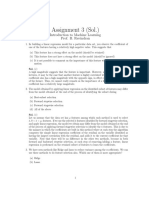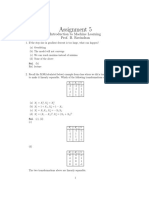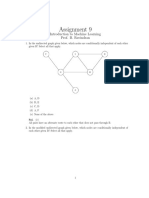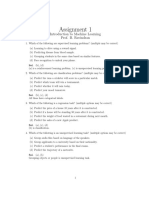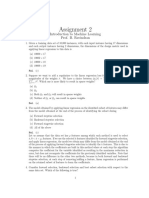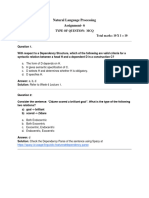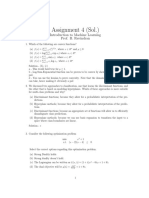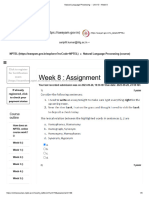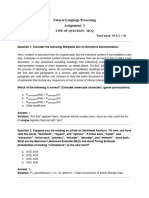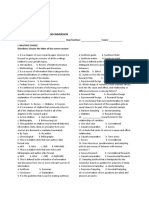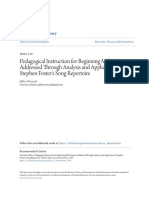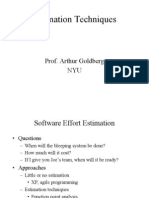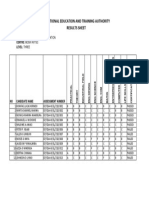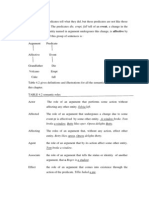0% found this document useful (0 votes)
280 views4 pagesAssignment 2 Solution
The document is an assignment on Large Language Models consisting of 8 questions, covering topics such as N-gram models, Maximum Likelihood Estimation, and Kneser-Ney smoothing. Each question includes multiple-choice answers with correct answers and solutions provided. The assignment assesses understanding of probabilistic language models and their limitations.
Uploaded by
Harsh Vardhan ChoudharyCopyright
© © All Rights Reserved
We take content rights seriously. If you suspect this is your content, claim it here.
Available Formats
Download as PDF, TXT or read online on Scribd
0% found this document useful (0 votes)
280 views4 pagesAssignment 2 Solution
The document is an assignment on Large Language Models consisting of 8 questions, covering topics such as N-gram models, Maximum Likelihood Estimation, and Kneser-Ney smoothing. Each question includes multiple-choice answers with correct answers and solutions provided. The assignment assesses understanding of probabilistic language models and their limitations.
Uploaded by
Harsh Vardhan ChoudharyCopyright
© © All Rights Reserved
We take content rights seriously. If you suspect this is your content, claim it here.
Available Formats
Download as PDF, TXT or read online on Scribd
/ 4



